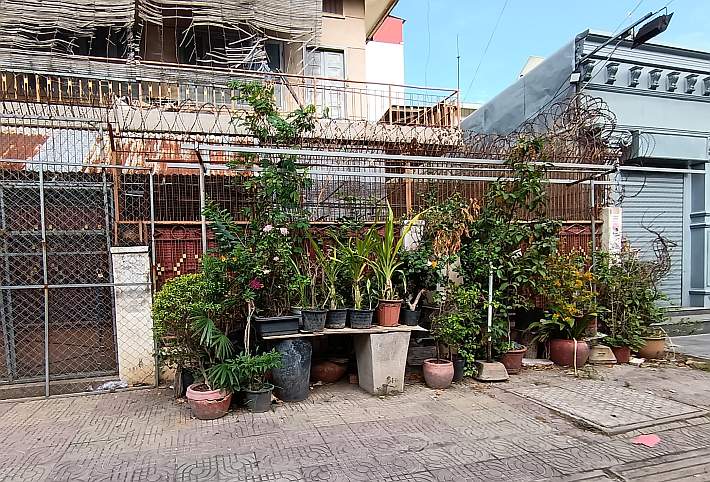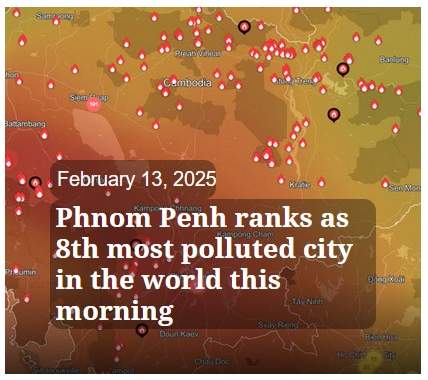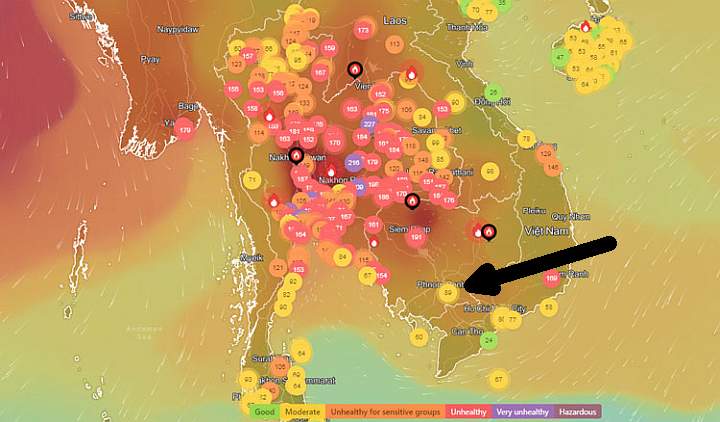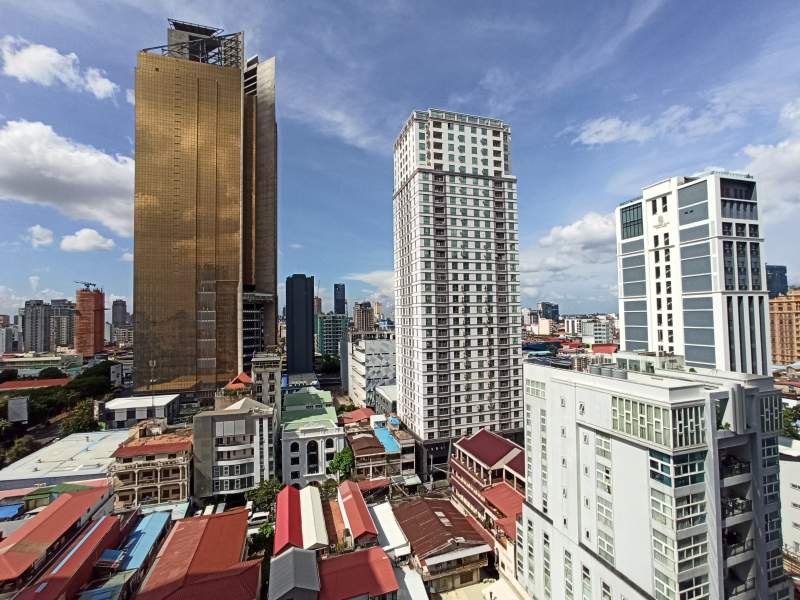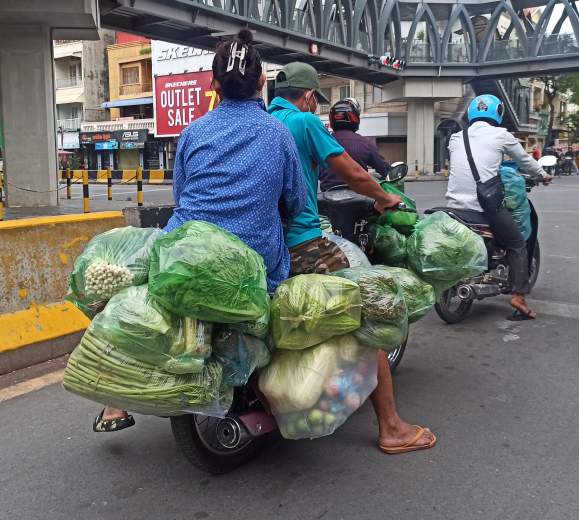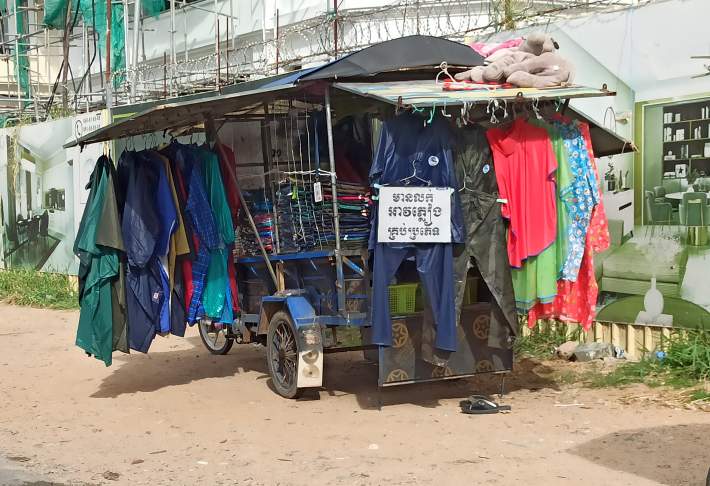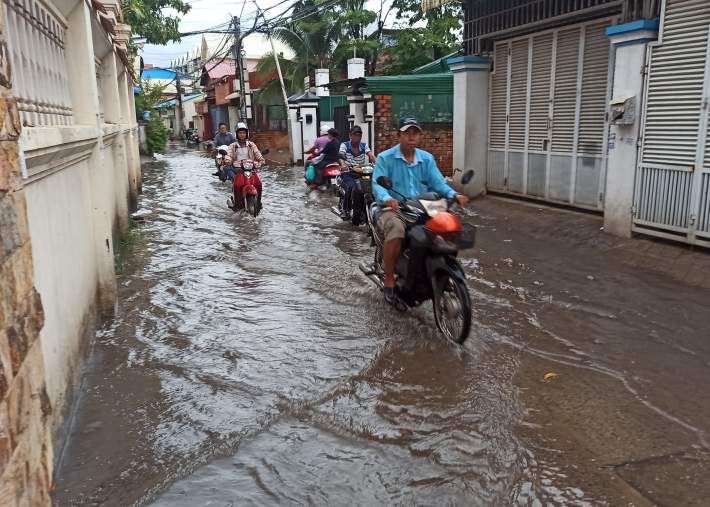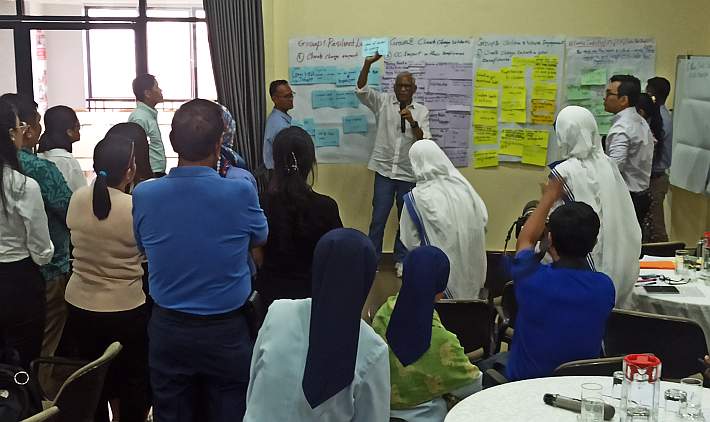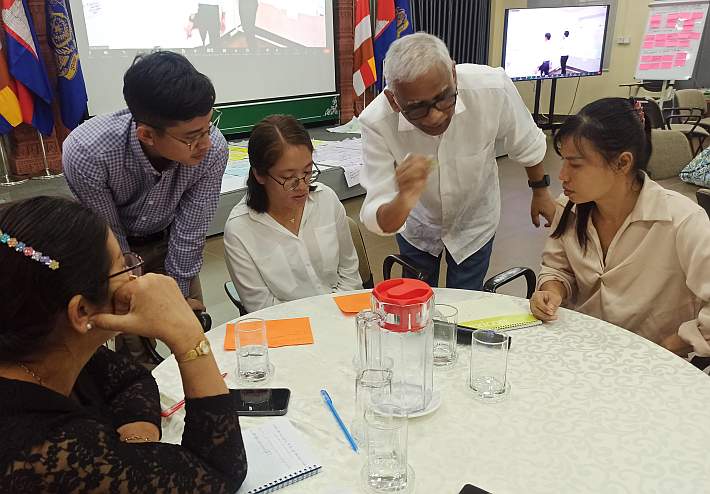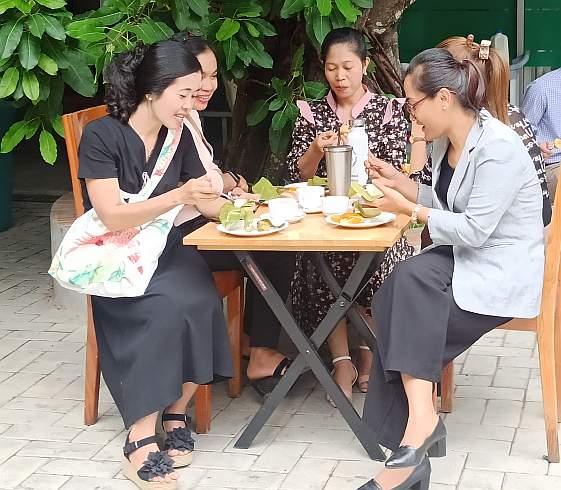It’s still early for the rainy season in Cambodia but, these days, with climate change, nothing about the weather is normal.
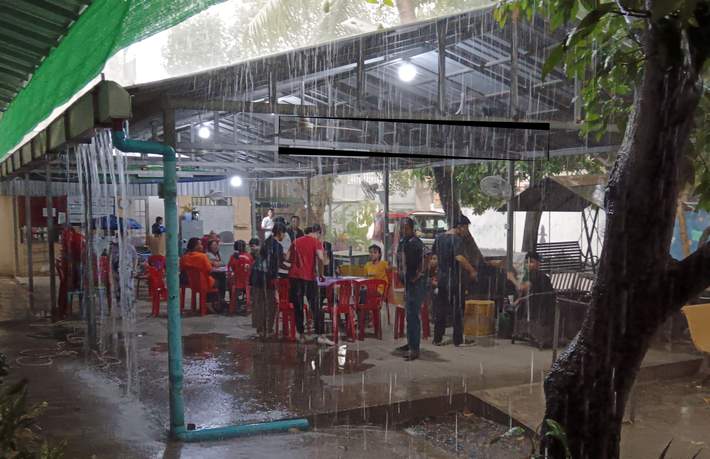
These are some of our Education Project students, enjoying some after-school activities in our eating area. You can see this first heavy rain of the seasons was, well…heavy! (And it looks like the gutter on the left is clogged.)
I was leaving–on my bicycle–for a 5:00 PM mass when the rain started and I got rather wet.

